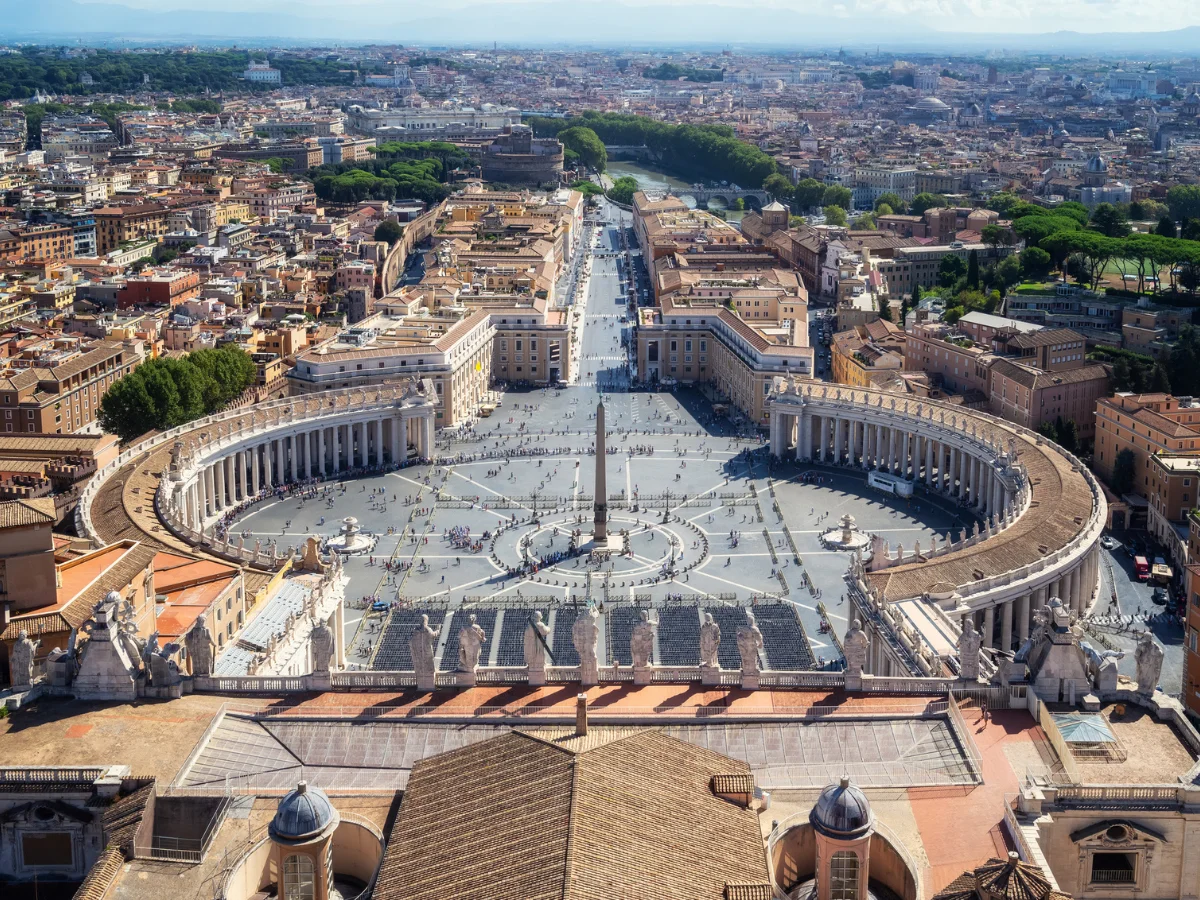The sewage system in Ancient Rome
The sewage system in Ancient Rome, an engineering marvel, revolutionized sanitation and public health. Through precise design and sturdy construction, it efficiently managed waste, preventing disease outbreaks. Integrated seamlessly into urban life, it ensured cleanliness and hygiene. Furthermore, its influence extended beyond Rome, shaping sanitation practices in later civilizations. Despite deterioration over time, remnants stand as a testament to Roman engineering prowess.

The sewage system in Ancient Rome
Sanitation Innovation
The sewage system of Ancient Rome was a pioneering feat of engineering, designed to manage waste and promote public health. These underground networks, known as the Cloaca Maxima, were essential for maintaining cleanliness in the city.
Efficient Design
Roman engineers employed precise calculations and sturdy materials to construct the sewage system. Using interconnected channels and vaulted tunnels, they ensured efficient disposal of waste from homes and public spaces.
Public Health Benefits
The sewage system played a crucial role in improving public health by preventing the spread of disease. By removing waste from the city, it minimized the risk of contamination and outbreaks of illness.
Integration with Urban Life
Despite being hidden underground, the sewage system was seamlessly integrated into the fabric of urban life. It facilitated the daily routines of residents and contributed to the overall cleanliness and hygiene of the city.
Influence on Later Civilizations
The engineering principles behind the Roman sewage system influenced sanitation practices in later civilizations. Their innovative approach to waste management laid the foundation for modern sewer systems.
Enduring Legacy
Although much of the ancient sewage system has deteriorated over time, remnants still exist as a testament to Roman engineering prowess. Their legacy extends beyond physical structures, serving as a reminder of the Romans’ commitment to public health and sanitation.
In summary, the engineering of the sewage system in Ancient Rome represents a significant contribution to urban infrastructure and public health. Through innovative design and meticulous construction, Roman engineers created a system that not only managed waste but also improved the overall quality of life in the city. Despite the passage of centuries, the legacy of the Roman sewage system endures, shaping sanitation practices and engineering approaches to this day.



